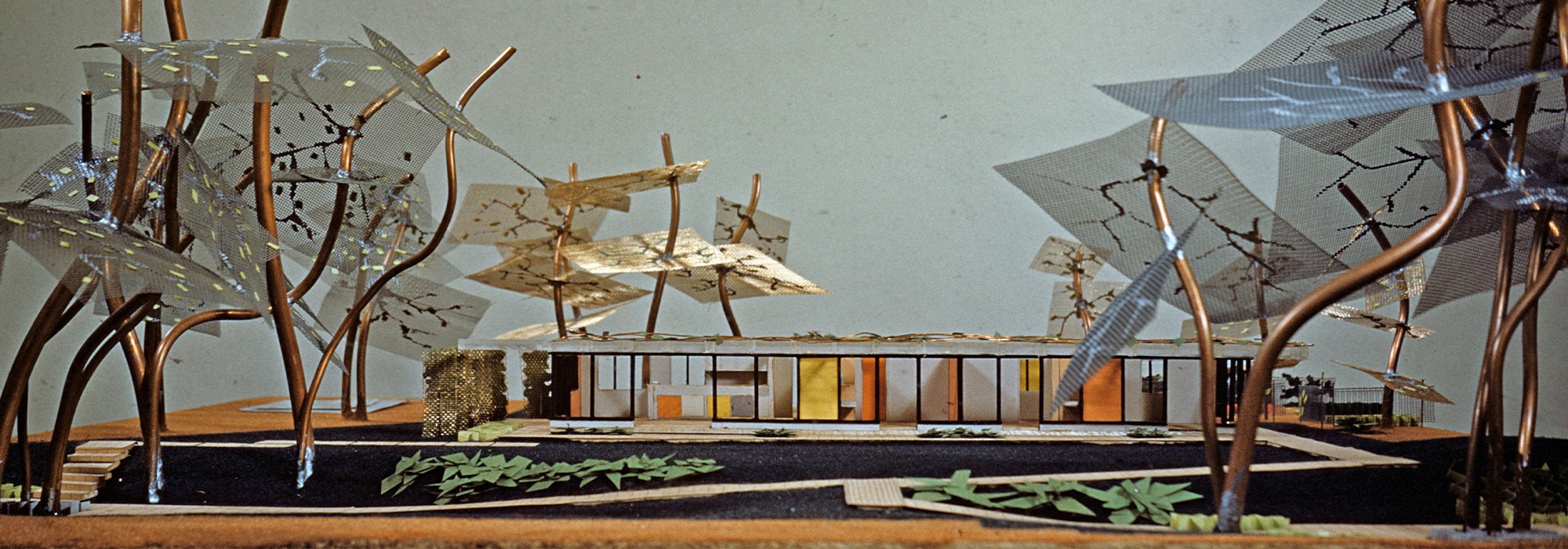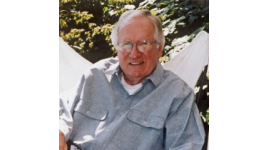Robert Deering Biography
Born to Arthur and Freda (Bowman) Deering in Augusta, Maine, Robert Deering (1920-2010) grew up on the University of Maine campus in Orono, where his father was Director of the Agricultural Extension and later Dean of the College of Agriculture.
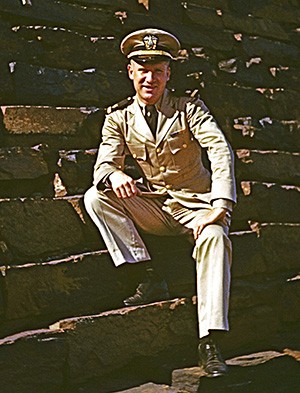
In 1942, he received a degree from the University of Maine in ornamental horticulture, with a concentration in landscape design. In June of that year, he enlisted with the Seabees in the United States Navy, serving in the South Pacific. Following World War II, he continued his studies in landscape architecture at Cornell University receiving an M.L.A., and, in 1948, a doctorate. While at Cornell, he met his wife Alice Dake from Saratoga Springs, New York; they were married in 1948.
He began his professional career in 1949, moving to California to join the faculty at the University of California, Davis. He was a pioneer in the study of plant and site design relationships for shading and passive solar functions, publishing articles such as, “Horticulture and the Improvement of Hot Climate Environments” and "Manual 10 - Planning the Garden." In 1954, he was awarded a Fulbright for travel to the Netherlands, where he presented a paper at the 1955 International Horticultural Congress in Scheveningen.
Returning home in 1955, he started a private practice designing private gardens, school grounds, parks and commercial sites, most notably the landscape design for the Nut Tree in Vacaville, California. The parking lot he designed for the Nut Tree is recognized as one of the first tree-shaded parking lots in the country. Later he formed a firm with Ken Anderson in Roseville, California; together they worked on landscape projects such as the Sierra College campus in Rocklin.
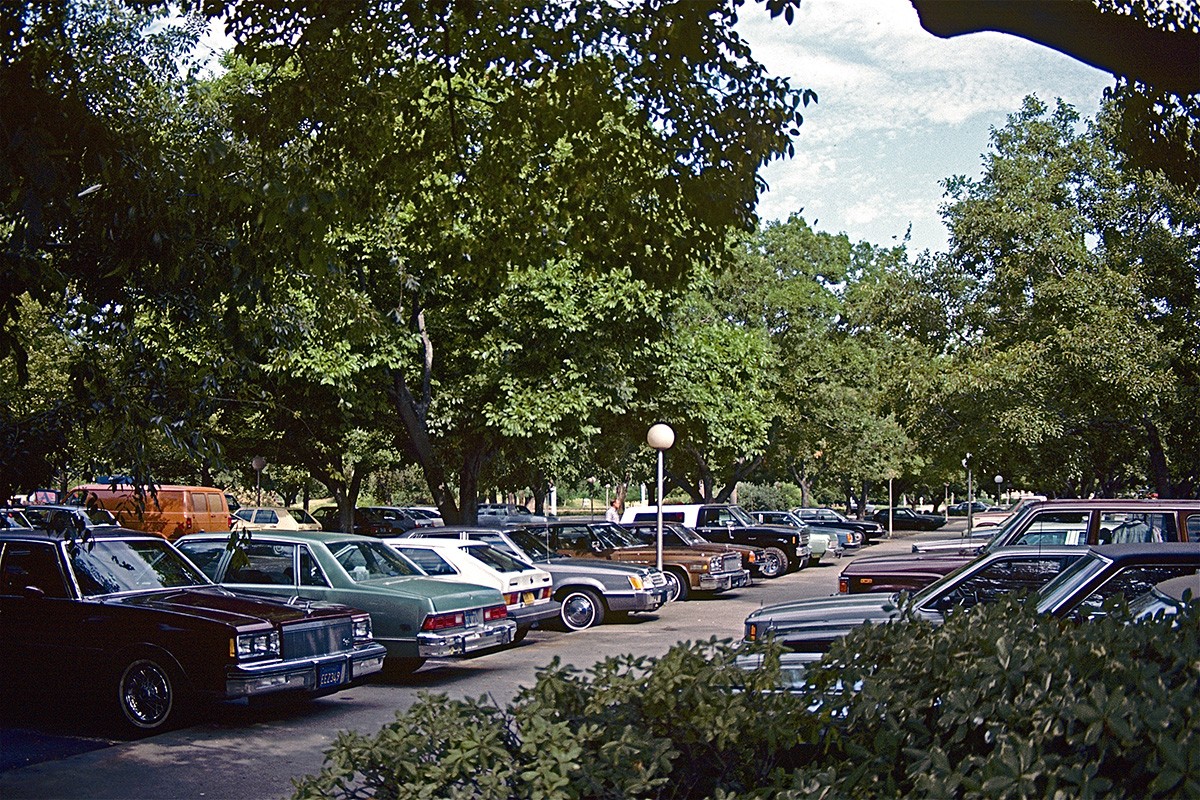
In 1960 he began a 17-year career with the State of California’s Parks system, joining its Monterey, California, office. He was appointed Senior Landscape Architect and Regional Supervisor Southern California, for the Goleta, California, office. In 1966, they were awarded a Governor’s Good Design Award for Landscape Design at South Carlsbad State Beach. His work focused on state park acquisitions, including tracts of land along California’s central coast and in the Gaviota, Rufigio-El Capitan areas, north of Santa Barbara. He also was engaged in site design for state historic sites such as Fort Ross, where Highway 1 was relocated outside of the fort grounds, and Angel Island, where his design preserved many of the historic buildings. Later he was responsible for acquisition and design of state hiking and biking trails.
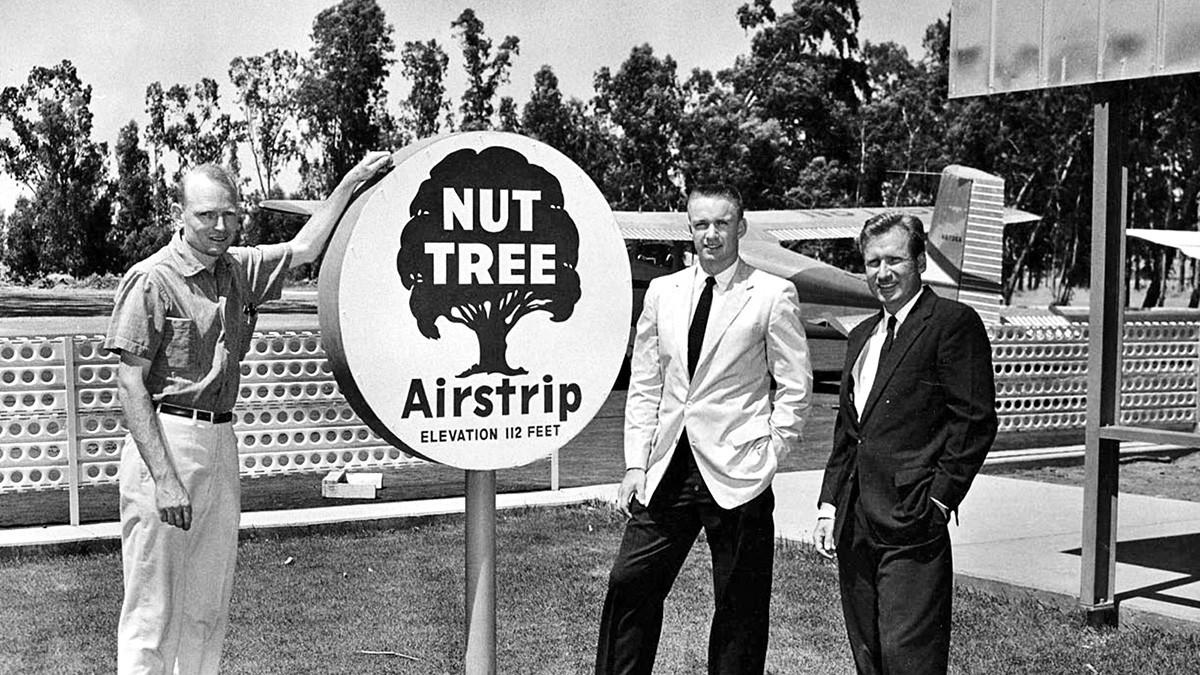
In 1979, he retired from the State Park system. He returned to teaching and taught landscape architecture for six years at King Faisal University in Dhahran, Saudi Arabia. He also served as the landscape architect for the university's Passive Solar Cooling Project.
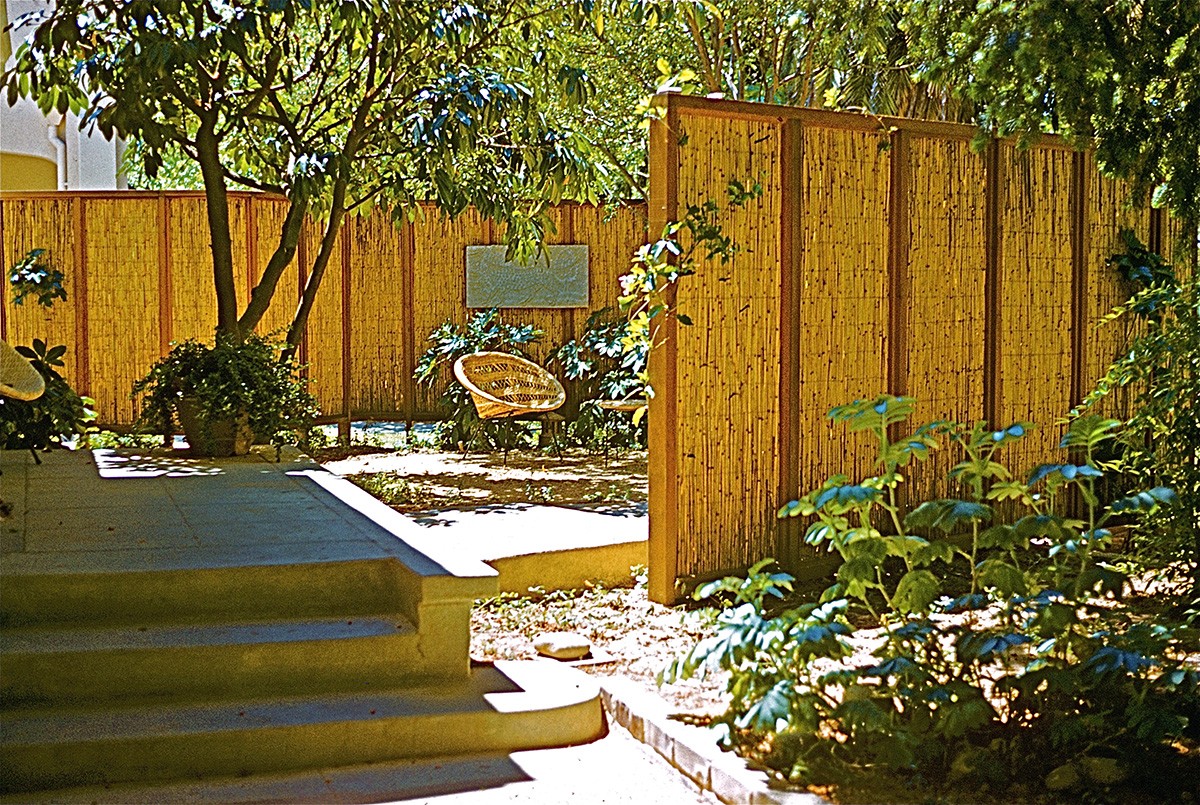
Deering was active in local civic endeavors, as Chairman of the City of Monterey’s Planning Commission, on the Board of the Saratoga Horticultural Foundation, the City of Davis’ Design Review Commission, The Tree Davis Board, and the Yolo County Transportation Advisory Commission. An avid world traveler and prize-winning photographer, several of his photographs of Saudi Arabia were included in a Swedish exhibition organized by King Faisal University.
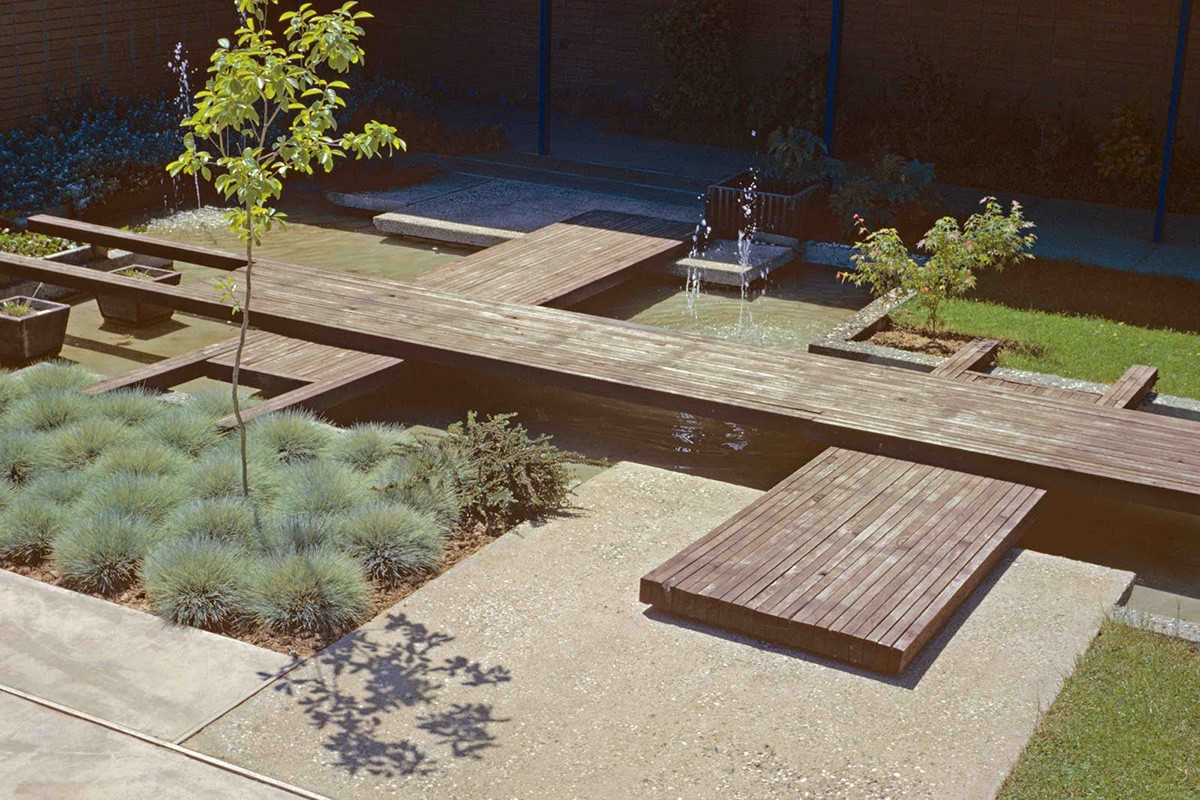
A recipient of many honors, he was a guest lecturer in Landscape Architecture at the University of Canberra in Australia in1986, and was awarded a fellowship with the American Executives Service Corps in Cairo, Egypt, with Alma Pyramids Corporation in 1992. Deering was made a Fellow of the American Society of Landscape Architects in 1996.
Robert Deering died at his home in Davis, California, on December 1, 2010.



